
Amazon has announced that it will no longer offer FBA prep services to sellers as of January 1, 2026. This means Amazon’s optional fee-based services for preparing and labeling products (which many sellers have used to get items ready for Fulfillment by Amazon) are going away. The change is significant and will affect thousands of Amazon sellers who relied on Amazon to handle product labeling, poly-bagging, and other prep tasks before shipping inventory to fulfillment centers. If you’ve been sending inventory to Amazon without fully prepping it yourself, you’ll need to find an alternative solution soon.
Why Is Amazon Ending Its FBA Prep Service?
In an official notice to sellers on July 28, 2025, Amazon explained the reasoning behind this move. Amazon initially introduced FBA prep and item-labeling services to help protect products during shipping, but over time they’ve seen “a significant improvement in seller packaging capabilities” and a reduced need for Amazon’s prep services. In other words, most sellers (or their manufacturers/partners) now handle prep themselves, allowing Amazon to focus on core fulfillment operations.
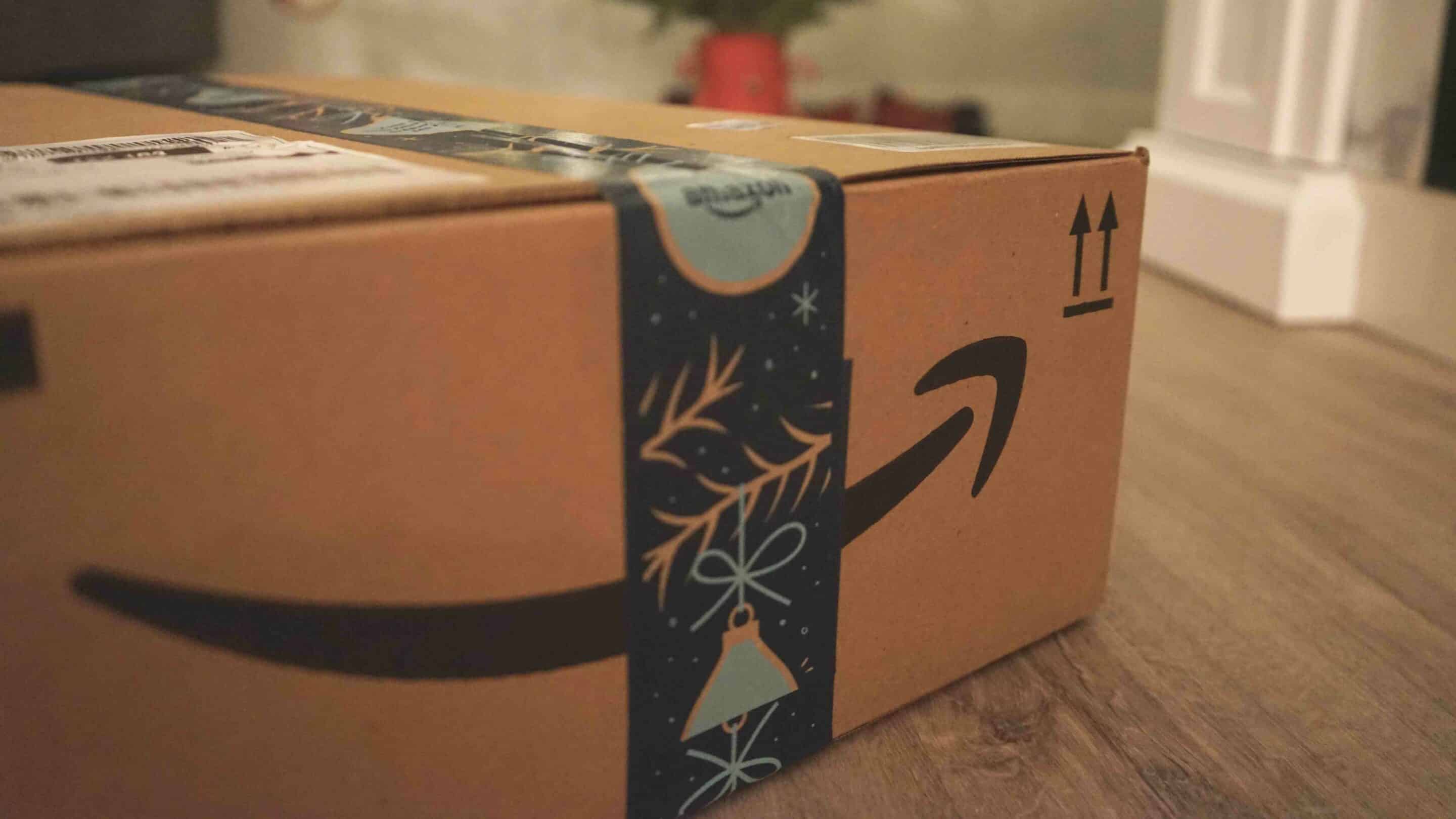
Amazon stated that eliminating prep services will “improve operational efficiency [and] ensure quicker delivery times for customers”. By streamlining its processes and offloading prep duties, Amazon believes it can speed up warehouse intake and fulfillment, ultimately enhancing the shopper experience.
From Amazon’s perspective, phasing out prep services lets their fulfillment centers run faster and leaner. But for sellers, this policy shift means the full responsibility for compliant prep now falls on you or your chosen third-party. Every unit you send to FBA will need to be properly packaged, poly-bagged or bubble-wrapped as required, and labeled with the correct barcodes before it arrives at Amazon’s facilities. Amazon is effectively saying: “We trust you to get your products FBA-ready, or to hire someone who can.”
Timeline and Impact on Sellers
Key Date: January 1, 2026
That’s when Amazon officially ends all FBA prep and labeling services.
Here’s how it breaks down:
- Until Dec 31, 2025: Amazon’s prep services (like labeling, bubble wrapping, etc.) will continue as usual.
- After Jan 1, 2026: Any new FBA shipment must arrive fully prepped and labeled.
- Grace period: Shipments created before Jan 1 will still be serviced, even if they arrive in early 2026.
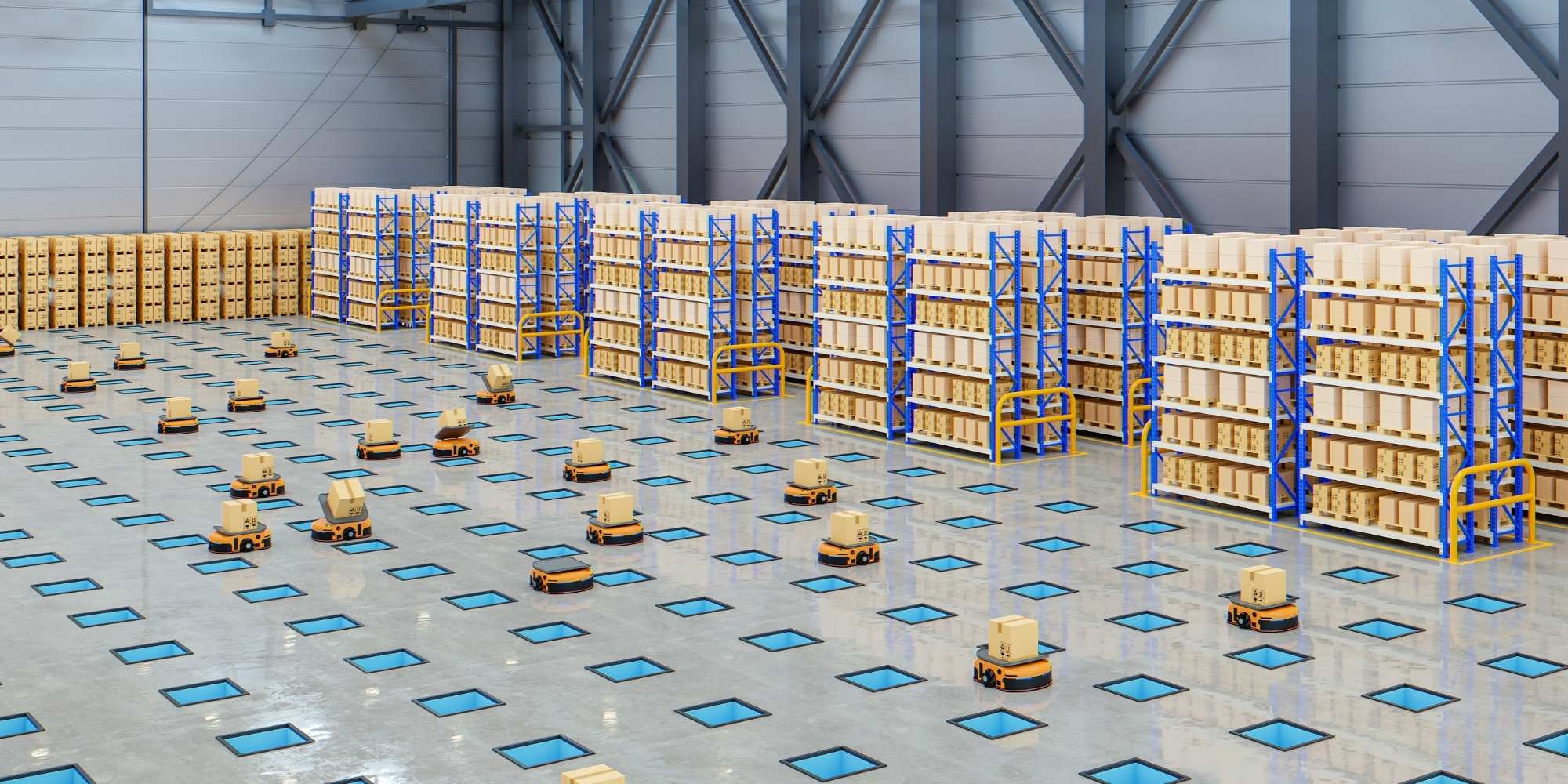
What This Means for Sellers
If you’ve been sending in unlabeled or unprepped products and relying on Amazon to handle it, that option is gone. From Jan 1 onward:
- All units must arrive ready to go – barcoded, bagged, bundled, or wrapped as needed.
- No prep = no reimbursement: Amazon won’t cover lost or damaged items if they weren’t properly prepped beforehand.
Applies to All Amazon Logistics Programs
This change isn’t just for standard FBA shipments. It also includes:
- Amazon Warehousing & Distribution (AWD)
- Amazon Global Logistics (AGL)
- Amazon SEND
- The Supply Chain Portal
No Amazon service will include prep anymore. Period.

Why It Matters
Sellers who depended on Amazon’s prep, especially those without a warehouse, are in a tough spot. As one seller put it:
“This will crush us. We don’t have the facilities to do prep work.”
If you haven’t yet built prep into your operations, now is the time. Tasks like FNSKU labeling, bubble-wrapping, poly-bagging, and kitting will all be your responsibility moving forward.
Managing FBA doesn’t have to be a hassle.
Partnering with a 3PL like eFulfillment Service means you can focus on growing your business while we handle the prep. Request a Free Quote Today!
Alternatives to Amazon’s FBA Prep Services
Amazon may be phasing out prep services, but sellers still have solid options.

1. Handle Prep In-House
Some sellers may decide to take prep into their own hands. That means:
- Inspecting, packaging, and labeling each unit according to Amazon’s requirements
- Stocking supplies like poly bags, suffocation warning labels, bubble wrap, and barcode printers
- Training staff on strict FBA prep rules, such as:
- Where to place FNSKU labels
- How to cover existing barcodes
- Packaging sets or fragile items properly
Pros:
- Full control over your process
- Faster turnaround if operations are streamlined
Cons:
- Requires space, equipment, and labor
- High complexity for small sellers or solo operators
- Mistakes can mean costly delays or penalties
Bottom line: if you have the resources and want control, this is doable, but it’s not for everyone.
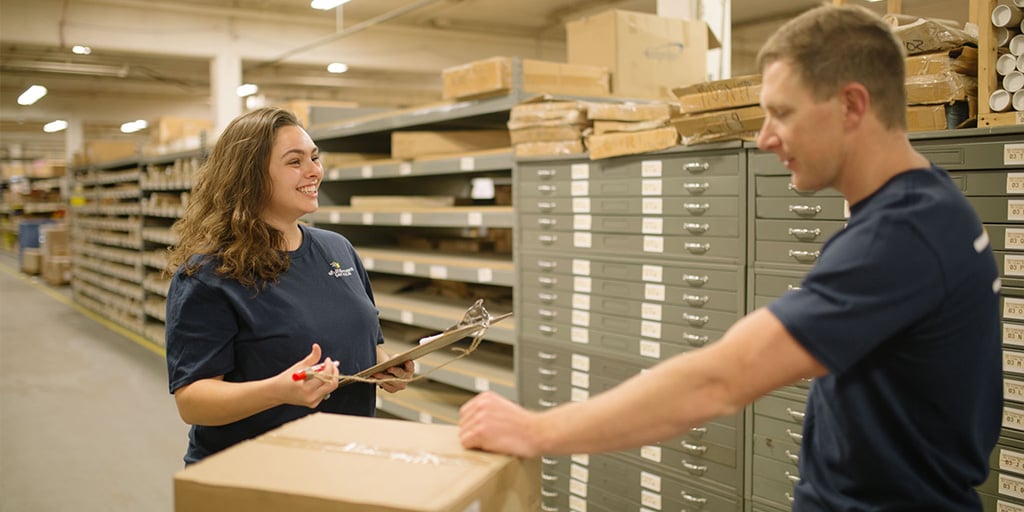
2. Outsource to a 3PL (Prep Center)
For many sellers, using a professional third-party FBA prep service just makes more sense.
What they do:
- Receive your inventory
- Handle all Amazon-required prep tasks (labeling, bagging, bundling, etc.)
- Forward shipments directly to Amazon fulfillment centers
Benefits:
- Avoid the hassle of learning Amazon’s evolving prep rules
- Reduce risk of non-compliance fees or delays
- Focus on scaling instead of packing boxes
Yes, it comes with a service fee, but avoiding mistakes that can cost you sales or FBA issues? Often worth it.
Many sellers already use a prep center as part of their workflow, and Amazon is actively encouraging this route.
Use Amazon’s Service Provider Network (SPN)
Amazon now features a dedicated FBA Prep Providers category within its Service Provider Network (SPN). These are vetted services that meet criteria for:
- Prep accuracy and compliance
- Turnaround time and capacity
- Pricing and geographic coverage
If you’re unsure where to start, the SPN portal is a great place to begin. You’ll find providers offering:
Lower Your Costs with Smarter FBA Prep.
Partner with eFulfillment Service to move inventory faster and reduce FBA fees. We help Amazon Sellers optimize operations so products don’t sit on shelves. Request a Free Quote today!
3. Reduce Prep with SIPP
Amazon also recommends looking into its Ships in Product Packaging (SIPP) program. If your product’s original packaging can survive the shipping process, you may be eligible.
Benefits of SIPP:
- Less prep needed (no extra boxes or bags)
- Potential FBA fee discounts
- Faster processing
Just note: not all products qualify. It’s helpful, but not a complete solution.
How eFulfillment Service Can Help with FBA Prep
With Amazon stepping away from FBA prep in 2026, many sellers are scrambling for reliable solutions. That’s where eFulfillment Service (eFS) comes in.
A trusted FBA prep partner for over 20 years, eFS is a 3PL with deep expertise in Amazon compliance. They offer a complete, hands-off prep solution to help sellers stay compliant, avoid penalties, and keep inventory moving.
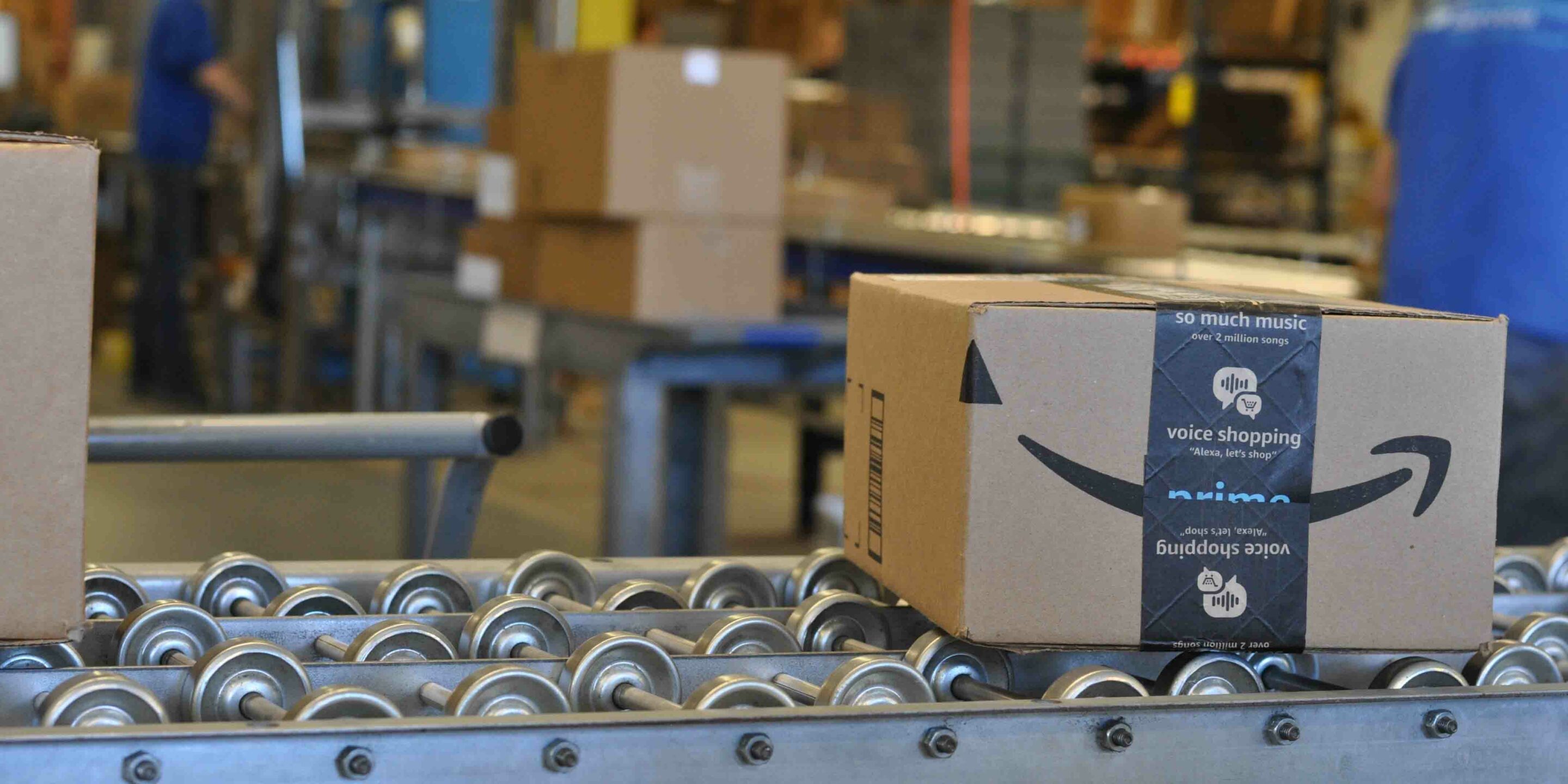
Why Sellers Choose eFulfillment Service
Full-Service FBA Prep – Done Right
eFS handles everything Amazon used to do, including:
- FNSKU barcode labeling
- Poly-bagging (with suffocation warnings)
- Bubble-wrapping fragile items
- Taping, kitting, bundling, and more
Their team knows Amazon’s prep requirements inside and out, so your inventory passes inspection the first time, no non-compliance fees, no shipment delays.
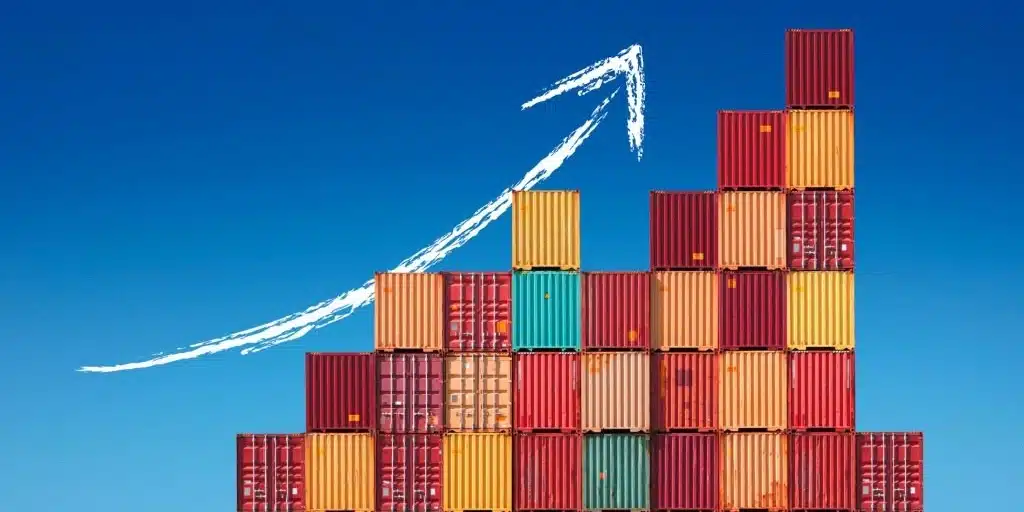
Cost Savings vs. Amazon’s Old Prep Fees
Many sellers are surprised to find eFS is cheaper than Amazon’s former prep service. Here’s how:
- No Amazon per-item prep fees (labeling, bagging, etc.)
- No sales tax on services in Michigan (where eFS is located)
- No hidden fees, surcharges, or contracts
- Transparent per-unit pricing
Some sellers report saving up to $1,000 per pallet just by avoiding Amazon penalties.
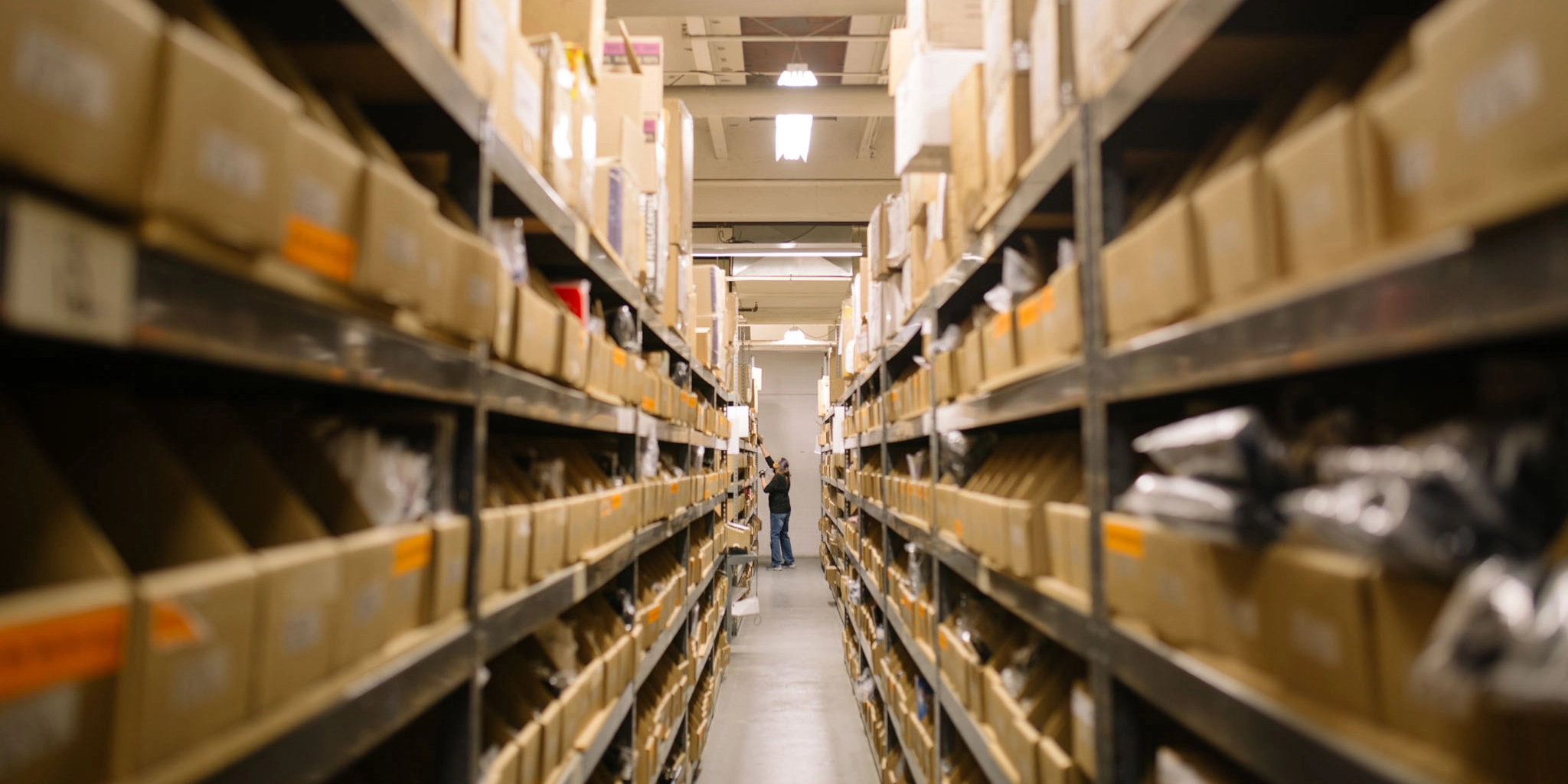
200,000 sq. ft. Warehouse = High Volume + Flexibility
- eFS can store bulk inventory and send batches to Amazon as needed
- Ideal if you’re dealing with Amazon restock limits
- Fast turnarounds keep your listings in stock and your IPI score healthy
Bottom line: they keep your supply chain moving so you don’t run out of inventory or rack up downtime fees.

Personalized Support That Feels Like a Partnership
- Every seller gets a dedicated account manager
- You’re not stuck with chatbots or long support tickets
- Their team is known for responsive, real-world help when you need it
Sellers often say eFS feels like “an extension of your team” and mean it.
Seller-Friendly Terms (No Minimums or Lock-Ins)
- No minimum order volume
- No long-term contracts
- No surprise storage fees
- Pay only for what you need, when you need it
Perfect if you’re scaling up… or just starting out.

Multi-Channel Ready & Scalable
eFS doesn’t just do FBA prep—they can grow with you.
- Supports Amazon FBM, Walmart, eBay, Shopify, and more
- Integrations across platforms = less tech headache
- Handles thousands of SKUs for sellers of all sizes
- 99%+ satisfaction rate across domestic & international clients
If you expand beyond Amazon, they’ll already be one step ahead.
Bottom Line
Amazon is stepping back. eFulfillment Service is stepping up.
With eFS, your inventory gets prepped right the first time. You’ll stay compliant, avoid unnecessary fees, and free yourself from the complexity of FBA rules.
Less hassle. More control. Real savings.
Struggling with High Inventory Costs?
Our 3PL services streamline your fulfillment process and boost profitability. Get a Free Quote and start improving your cash flow today!
Preparing for the Post-Amazon-Prep Era
Amazon is stepping away from FBA prep—but you don’t have to be caught off guard. Use this transition as an opportunity to streamline your operations and improve your bottom line.

1. Get Familiar with FBA Prep Requirements
If you haven’t reviewed Amazon’s latest FBA prep and labeling rules, now’s the time.
- Study how Amazon expects items to be packaged, labeled, and protected (poly bags, bubble wrap, barcodes, etc.)
- Know the standards, even if you’re outsourcing, so you can oversee quality or speak the same language with a 3PL
- Amazon provides prep documentation in Seller Central, read it thoroughly
2. Audit Your Current Workflow
Ask yourself:
- What was Amazon doing for you?
(FNSKU labels? Fragile-item prep? Bundling?) - What are you equipped to handle in-house?
- Just labeling? Grab a thermal printer and barcode sheets
- Full-service prep? You may need staff, space, and training
- This audit helps you identify the gaps—and whether DIY or outsourcing makes more sense
3. Plan Ahead for Year-End 2025
The cutoff is January 1, 2026—so be strategic about your Q4 shipments.
- Create and send final prep-eligible shipments before Dec 31, 2025
- This gives you one last use of Amazon’s prep services—but only as a short-term buffer
Come January, your new prep system needs to be ready and running
4. Decide: DIY vs. 3PL Prep Service
Run the numbers:
- In-house prep costs: labor, tools, space, materials
- 3PL prep costs: service fees, but with less hands-on work and fewer compliance risks
Don’t ignore your time value. Many sellers realize it’s smarter to outsource logistics and focus on selling and scaling.
If you go DIY, be sure to:
- Get a reliable label printer
- Buy compliant packing supplies
- Run a test shipment to verify your process meets Amazon standards
5. Research Trusted 3PL Partners Now
If you’re outsourcing, don’t wait until December.
- Check Amazon’s Service Provider Network for vetted FBA Prep providers
- Look for:
- Clear pricing
- Positive seller reviews
- Prep services that fit your business (storage, freight, kitting, special projects)
eFulfillment Service (eFS) is a standout example—experienced, well-reviewed, and already working with Amazon sellers like you.
Reach out for a quote now so you’re not scrambling later.
6. Optimize Your Supply Chain for the Long Run
Without Amazon handling prep, coordination becomes more important.
- Talk to your suppliers or manufacturers about doing prep at the source
- Can they apply FNSKU labels?
- Can they package items to FBA standards?
- Account for extra transit time if you’re using a 3PL
- Supplier → Prep Center → Amazon
- With a fast partner like eFS, this is efficient—but it still needs to be baked into your lead times

Final Thought
This shift might feel disruptive—but it’s also a chance to build a better system.
Many sellers find that using a specialized prep partner:
- Speeds up check-in at Amazon
- Reduces surprise fees
- Improves inventory visibility and control
What starts as a challenge can quickly become a competitive advantage—if you plan for it now.
Key Takeaways for Amazon Sellers:
Amazon’s decision to exit the FBA prep service space is a big change, but it doesn’t have to be a setback for your business. With a bit of planning and the help of the right partners, you can adapt and continue to thrive. Sellers who embrace third-party solutions may find greater flexibility and support than they had when relying on Amazon’s internal service. This is an opportunity to streamline your operations and perhaps even save on costs, all while ensuring your products are flawlessly prepared to delight Amazon Prime customers.
If you’re an Amazon seller needing help with FBA prep, eFulfillment Service is ready to be your ally in this transition. With decades of experience and a reputation for excellence, eFS can handle the heavy lifting of prep so you can focus on growing your sales. As Amazon steps back from prep services, eFulfillment Service is stepping up – offering an engaging, reliable, and efficient FBA prep solution for sellers like you. Feel free to reach out to learn more or get started, and make this change work to your advantage.
Ready to talk fulfillment or FBA Prep solutions? The team at eFulfillment Service is happy to help answer questions and set you up for fulfillment success. Here’s to fewer headaches and more growth ahead!

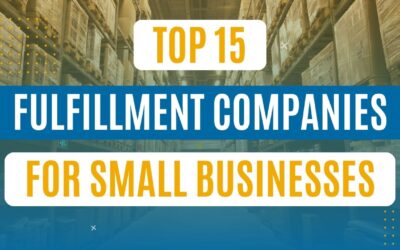

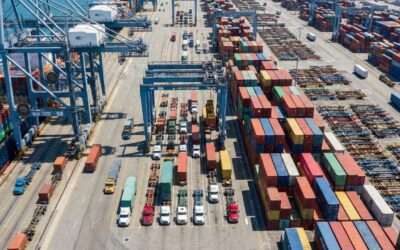
0 Comments